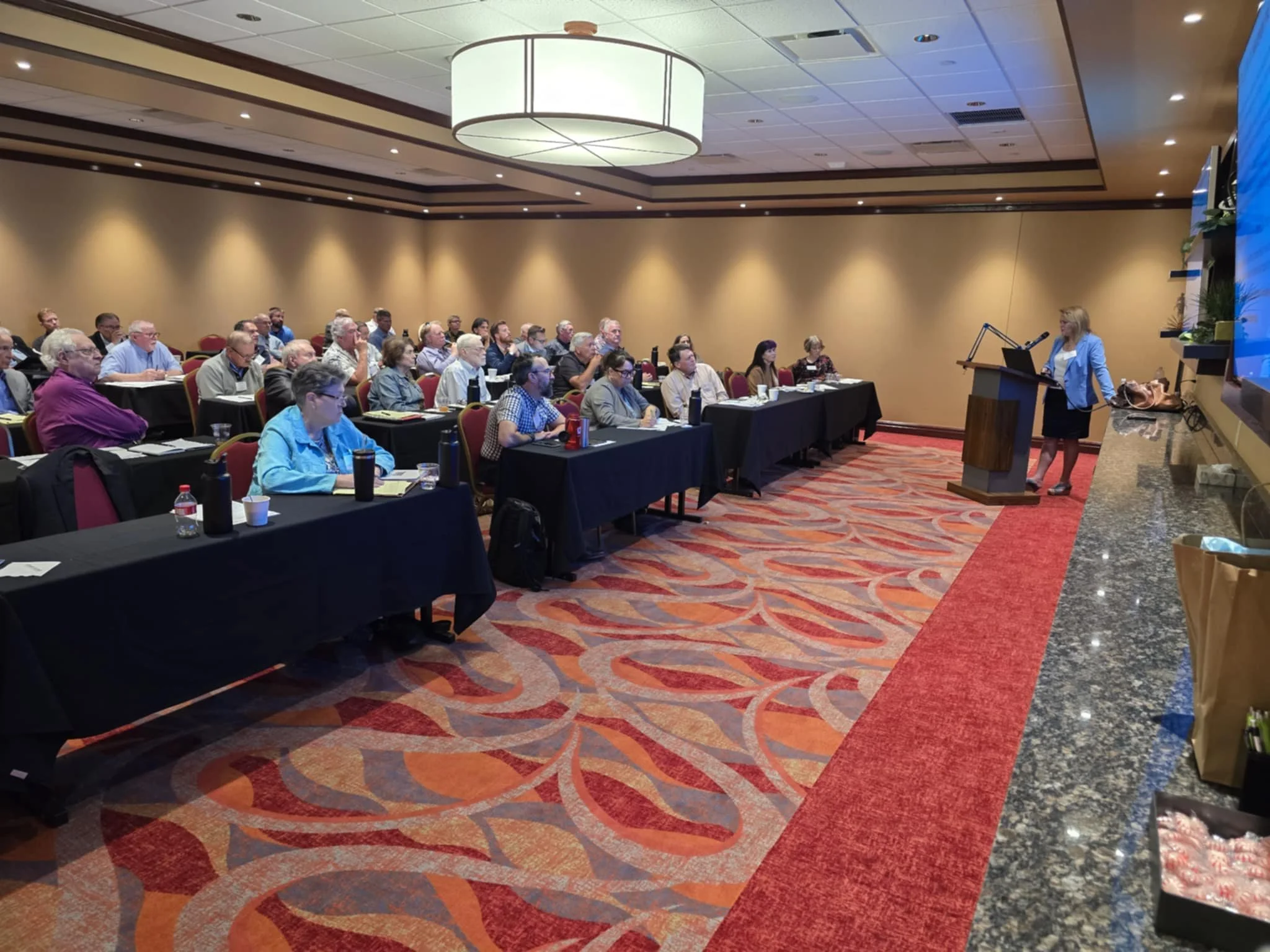President Biden Announces Support for the Bipartisan Infrastructure Framework
Today, President Biden and Vice President Harris announced their support for the Bipartisan Infrastructure Framework, the largest long-term investment in our infrastructure and competitiveness in nearly a century – an investment that will make our economy more sustainable, resilient, and just.
The President came into office promising to find common ground to get things done – and he’s delivering on that promise.
The $1.2 trillion Bipartisan Infrastructure Framework is a critical step in implementing President Biden’s Build Back Better vision. The Plan makes transformational and historic investments in clean transportation infrastructure, clean water infrastructure, universal broadband infrastructure, clean power infrastructure, remediation of legacy pollution, and resilience to the changing climate. Cumulatively across these areas, the Framework invests two-thirds of the resources that the President proposed in his American Jobs Plan.
President Biden believes that we must invest in our country and in our people, creating good-paying union jobs, tackling the climate crisis, and growing the economy sustainably, and equitably for decades to come. The Bipartisan Infrastructure Framework is a critical step in accomplishing these objectives.
President Biden believes that we are at inflection point between democracy and autocracy. At this moment in our history, President Biden believes we must demonstrate to the world that American democracy can deliver for the American people. Today, the President is showing that democracy can deliver results. The Framework will position American workers, farmers, and businesses – small and large alike – to compete and win in the 21st century.
Still, there is more work to do – to grow our economy, create jobs, improve living standards, reduce climate pollution, and ensure more Americans can participate fully and equally in our economy. President Biden remains committed to the comprehensive agenda laid out in the American Jobs Plan and American Families Plan. He will work with Congress to build on the Bipartisan Infrastructure Framework in legislation that moves in tandem, and he is encouraged that both the House and Senate are working on budget plans that would do so.
But democracy requires compromise. The historic Bipartisan Infrastructure Framework will make life better for millions of Americans, create a generation of good-paying union jobs and economic growth, and position the United States to win the 21st century, including on many of the key technologies needed to combat the climate crisis. That’s what President Biden and Vice President Harris were elected to do.
The President calls on Congress to pass the Bipartisan Infrastructure Framework and send it to his desk, and pass a budget resolution and legislation that makes his full Build Back Better vision a reality.
The Bipartisan Infrastructure Framework will:
Improve healthy, sustainable transportation options for millions of Americans by modernizing and expanding transit and rail networks across the country, while reducing greenhouse gas emissions. The Plan is the largest federal investment in public transit in history and is the largest federal investment in passenger rail since the creation of Amtrak.
Repair and rebuild our roads and bridges with a focus on climate change mitigation, resilience, equity, and safety for all users, including cyclists and pedestrians. The Bipartisan Infrastructure Framework is the single largest dedicated bridge investment since the construction of the interstate highway system.
Build a national network of electric vehicle (EV) chargers along highways and in rural and disadvantaged communities. The largest investment in EV infrastructure in history, the Bipartisan Infrastructure Framework will accomplish the President’s goal of building 500,000 EV chargers.
Electrify thousands of school and transit buses across the country to reduce harmful emissions and drive domestic manufacturing of zero emission vehicles and components.
Eliminate the nation’s lead service lines and pipes, delivering clean drinking water to up to ten million American families and more than 400,000 schools and child care facilities that currently don’t have it, including in Tribal nations and disadvantaged communities. The Plan is the largest investment in clean drinking water and waste water infrastructure in American history.
Connect every American to reliable high-speed internet, just as the federal government made a historic effort to provide electricity to every American nearly one hundred years ago. The Framework will also drive down prices for internet service and close the digital divide.
Upgrade our power infrastructure, including by building thousands of miles of new, resilient transmission lines to facilitate the expansion of renewable energy, including through a new Grid Authority. The Plan is the single largest investment in clean energy transmission in American history.
Create a first of its kind Infrastructure Financing Authority that will leverage billions of dollars into clean transportation and clean energy.
Make the largest investment in addressing legacy pollution in American history, a cleanup effort that will create good-paying union jobs and advance environmental justice.
Prepare more of our infrastructure for the impacts of climate change, cyber attacks, and extreme weather events. The Framework is the largest investment in the resilience of physical and natural systems in American history.
The Framework, which will generate significant economic benefits and returns, is financed through a combination of closing the tax gap, redirecting unspent emergency relief funds, targeted corporate user fees, and the macroeconomic impact of infrastructure investment.
Proposed Financing Sources for New Investment
Reduce the IRS tax gap
Unemployment insurance program integrity
Redirect unused unemployment insurance relief funds
Repurpose unused relief funds from 2020 emergency relief legislation
State and local investment in broadband infrastructure
Allow states to sell or purchase unused toll credits for infrastructure
Extend expiring customs user fees
Reinstate Superfund fees for chemicals
5G spectrum auction proceeds
Extend mandatory sequester
Strategic petroleum reserve sale
Public-private partnerships, private activity bonds, direct pay bonds and asset recycling for infrastructure investment
Macroeconomic impact of infrastructure investment
###



